The Cleaning of New Vrindaban’s Sacred Kundas
Cleaning the Kundas in New Vrindaban Dhama
by Sukhavaha dasi, Madri dasi & Lilasuka dasi
Radha Kunda, the crest jewel of Govardhan, is now beautifully shining, and freshly lined.
New Vrindaban’s replica Radha Kunda up on the replica of Govardhan Hill got a fresh lining at the end of this summer of 2014. It’s called “Rhino”, a type of cement which hardens into enamel, and is guaranteed for 30 years not to leak. This took two weeks, and lots of time and energy to shovel all the muck at the bottom. After seeing the beauty of Radha Kunda, and understanding that Lalita Kunda is also leaking, Gopisa Prabhu suggested that we also line Lalita Kunda and Shyama Kunda.
Sukhavaha dasi relates the story:
“We had the rare opportunity of immersing ourselves (literally) in the sacred mud of those kundas, thus receiving some very special mercy. There was only two days to clean out the other two kundas. Tilak das and I worked along with some help from Lalita Gopi dasi, Ananda Vidya das, Madri dasi and Gaura Shakti, and some extra help from Venkatta das, TK das, Navin das, Daivata das and Bhaktin Autumn as we all proceeded to clean out Shyama Kunda, which was going to be really simple, because it was only 3 and ½ feet deep, according to Varsana Maharaj. No big deal. “We will have this done in no time”, we thought. Well, see the story in pictures below.”

23 Did no-one realize that maybe I put it there for a good reason – to protect the deer or humans from drowning in such a deep Kunda?
THE END
Srila Prabhupada Expresses Eagerness to Visit His Newly Proposed Palace in New Vrindaban – July 1973
“I shall go to New Vrindaban as soon as your Palace is finished. Jaya!”
Click here to read the rest of the letter at the Vanipedia website.
Renovations at Prabhupada’s Palace of Gold in New Vrindaban
External Renovations at Prabhupada’s Palace of Gold
By Gopisa das & Lilasuka dasi
There have been many renovations done in New Vrindaban over the last two years. Govinda’s Restaurant received a complete overhaul, including a drop ceiling and ornate Rajasthani style furniture. The Welcome Center, once an old wooden cabin, was brought up to date with high tech insulation and new exterior/interior improvements. The men’s and women’s asramas were renovated with new lighting, walls, floors and furniture and the Palace Lodge rooms were greatly improved with similar treatment.
This year, Prabhupada’s Palace of Gold is receiving some much-needed repairs. Renovations have begun with all new storm drainage pipes on the exterior second level. This is the first phase of an extensive design plan to handle all rain/snow water from roof to ground level and a necessity for protecting the soon to be installed new granite steps.
The work is part of a new push to fully renovate and improve Srila Prabhupada’s Palace with major visual improvements planned for completion by 2016 as an offering to Srila Prabhupada on the 50th anniversary celebrating the formation of his beloved ISKCON.
Stay tuned- more to come.
New Vrindaban’s Transcendental Throwback Thursday – 09/25/14
This week’s challenge: Who are the two people and what are they doing?
Extra credit: When and where was this photo taken?
What to do: Post your guesses on the “who, what, when, where & why” in the comment section at the Brijabasi Spirit website.
Greetings from the New Vrindaban Gardens: Harvest & Changing Seasons
The late summer has brought us a bounty of vegetables and a mountain of work preparing for the fall. The teaching garden is filled with fall colors as the mums, calendula, daisies, and lilies have begun to bloom. As the summer flowers and vegetables have completed their season the beds containing annual flowers (one that do not grow back in the spring) are being cover cropped. In the photo above daikon radishes are growing around daises yet to bloom. Other cover crops in the teaching garden include vicia vilosa (winter legume), wheat, and rye.
In the Garden of Seven Gates it has been all about harvesting, building, and planting. Yes, I said planting; this time of year it is difficult to keep up the same early summer pace in the garden. Weeds start to win the epic battle with the garden, some plants start to struggle, and just keeping up with the harvest in a daunting task all its own. However, to really get the most of your garden don’t miss out on the often forgotten benefits of fall planting. In early August we seeded cabbage, spinach, lettuce, radishes, and beets which all love the fall weather and are fairly quick to harvest (none more than 60 days). At the end of August we seeded for our winter greens high tunnel with many of the same crops and added kale. The buckwheat field is now filled with an infinity of beautiful radish greens. In the terraces where vegetables like tomatoes and sweet potatoes were growing it is now cover cropped for the fall and will return early in the spring. For weeks we had beautiful fields of giant sunflowers, the seeds are now drying to be shared with the community. Their former home is now a field of rye.
With more green beans to come, squash harvest, greens, and amaranth we still have a lot of picking to do. The test plot of giant golden amaranth has proven not only to be sustainable (no irrigation, no fertilizer, no pesticides), beautiful (most plants are over 9 feet tall filled with seeds) it produced an incredible bumper crop of amazing gluten free complete grains. Which will be harvested after the first frost.
Another exciting harvest this year was sweet potatoes. This is a crop I suggest for everyone that can create some form of raised bed in their garden. When planted under the right conditions a single plant slip yields 8-10 lbs of sweet potatoes. We had enough to set up a “grown on site” sweet potato fry booth at the Festival of Colors. We had a wonderful response and were very excited to share our harvest with people from many different communities.
As the New Vrindaban gardens transition to fall I will leave you with a quote from Rose G. Kingsley….. “In the garden, Autumn is, indeed the crowning glory of the year, bringing us the fruition of months of thought and care and toil. And at no season, safe perhaps in Daffodil time, do we get such superb colour effects as from August to November.” The Autumn Garden 1905
TALES FROM THE GARDEN: Brijabasi Spirit newsletter – April 29th, 1974
Krishna has amply provided us with sufficient wild greens such as mustard, dandelion, burdock, and chickweed so only a small amount of lettuce and spinach for the Deities has been planted. Swiss chard, which last year proved to be a big yielder for the space required, has been planted & should be a regular companion of the abundant wild greens.
The peas and radishes are now both up and growing vigorously after this past week’s welcome and needed rain. Radishes should be ready in 4 to 6 weeks depending on the weather.
This past week’s activities included planting more beets, carrots, and radishes as well as 150 feet of kohlrabi.
The main project was preparing for the transplanting of the cabbage family: cabbage, cauliflower and broccoli. Holes were dug in a grid pattern with rows 36″ apart and 18″ from hole center to hole center for cabbage and broccoli, 20″ for cauliflower (making marks 6 inches apart on a shovel or other tool handle serves as a handy guide for spacing). These holes were big enough so that a part forkful of rotted manure or compost could be put in and after the hole was filled in again it would be about 2″ below the level of where the plant’s roots will be after transplanting. Each hole center was then marked with a twig.
This year the cabbage, broccoli and cauliflower plants were ordered from a professional nursery in Georgia and should be arriving by UPS any day now. Anyone who wants some and have not yet placed an order should contact Adi Patit immediately.
Anyone having any helpful suggestions is encouraged to share them through this column. Also, questions regarding gardening will be welcomed and answered to the best of our poor fund of knowledge (with maybe a quick peek in Rodale’s Encyclopedia of Organic Gardening or hopefully the advice of some local longtime gardener to fill our gaps).
All glories to the Sri Krishna Sankirtan!
ECO-Vrindaban Board Meeting Minutes 08/31/2014
ECO-Vrindaban Board Meeting Minutes 08/31/2014
Mission Statement: ECO-Vrindaban promotes a simple, sustainable lifestyle centered on the care and protection of cows, local food production and the loving service of Lord Krishna, as envisioned by Srila Prabhupada, the Founder-Acharya of ISKCON New Vrindaban.
Participating Members of the ECOV Board of Directors: Anuttama (partial attendance), Bhima, Chaitanya Mangala, Navin Shyam and Ranaka.
Recording secretary: Jordanna Rock-Garden
1. Follow up on Bahulaban Barn/Ox Program Project
Currently the rubble from the site is being cleaned up and Vyasasana will serve as the project manager for Bahulaban barn renovations. This is an ongoing project that will require monthly reporting.
2. Follow Up on ECOV Documentary
In June, ECOV allocated $600 to Sabrina Jones, a college student majoring in cinematography at West Liberty University, to help her purchase a camera. In exchange, she agreed to shoot some footage of the garden for an ECOV film project being overseen by Kripamaya. She reported to Kripamaya that she is not able to complete the project and will return the funds.
3. Proposal to designate Sankirtan Prabhu as New Vrindaban Folklorist
Chaitanya Mangala has proposed that ISKCON New Vrindaban (and ECO-Vrindaban) needs to develop an overall story that brings together key elements of the past – told in a cohesive way – that is relevant to our present and will help guide us towards a future we want manifest.
Sankirtan has expressed an interest in filling this position and others have recommended him for this role. He is a professional storyteller and has trained many people, including the students of the gurukula, devotee adults, non-devotee adults, and students in schools outside NV in storytelling and the importance of story both on a personal level and a community level. He also has a website or blog with a lot of NV’s history through stories.
Navin Shyam will speak with Sankirtan about this.
4. ECOV logo, brochure & posters
WHEREAS: The ECOV Board wishes to update its logo to better reflect its connection with ISKCON New Vrindaban, the New Vrindaban Community in general, its name change and the recent refinement of its mission statement.
RESOLVED: The Board authorizes up to $500 for Raghu Consbruck to design a new logo and other related graphics.
Srila Prabhupada Highlights the “Main Business” of New Vrindaban – June 1968
“Krishna by His practical example taught us to give all protection to the cows and that should be the main business of New Vrindaban.”
Click here to read the rest of the letter.
Thanks to Vanipedia for the source material.
New Vrindaban’s Transcendental Throwback Thursday – 09/18/14
This week’s challenge: Who are the two main people and what are they doing?
Extra credit: Can you name the other five people?
Extra, extra credit: When and where was this photo taken?
What to do: Post your guesses on the “who, what, when, where & why” in the comment section at the New Vrindaban Facebook Page.
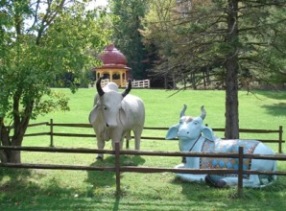
Welcome to Brijabasi Spirit
Thank you for taking the time to visit the New Vrindaban community blog. Think of visiting our blog as making a virtual pilgrimage.
Hare Krishna Hare KrishnaKrishna Krishna Hare Hare
Hare Rama Hare Rama
Rama Rama Hare Hare
"May cows stay in front of me; may cows stay behind me; may cows stay on both sides of me. May I always reside in the midst of cows."
Hari Bhakti-vilas 16.252
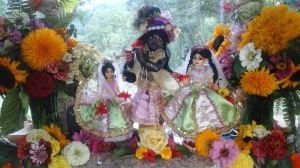
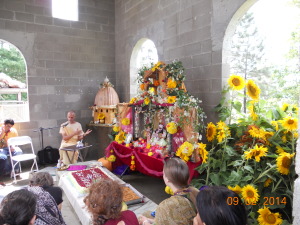
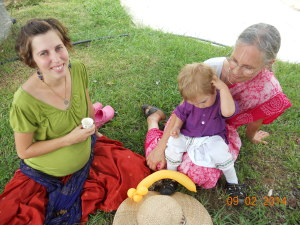
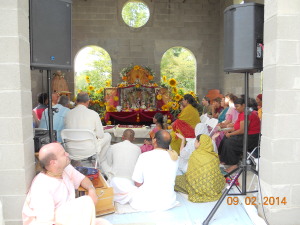
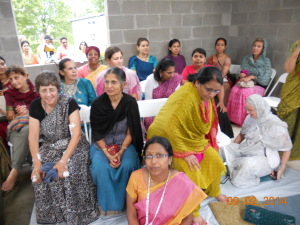
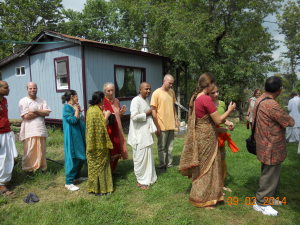
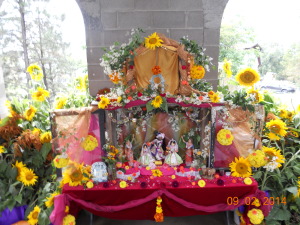
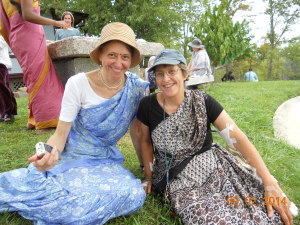
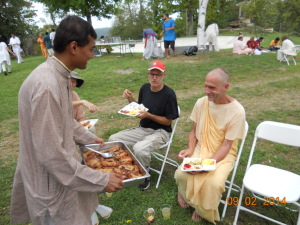
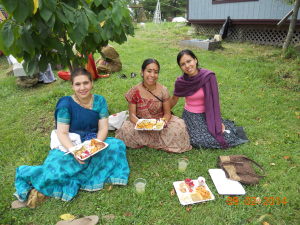
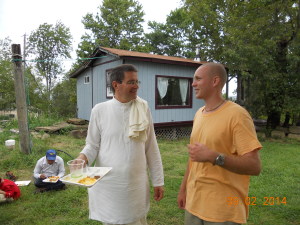
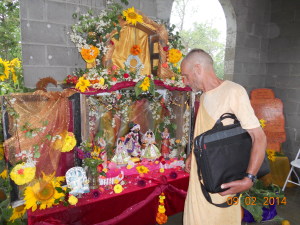
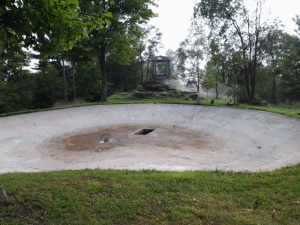

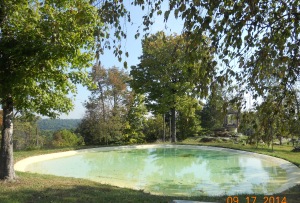









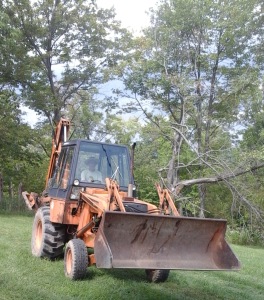

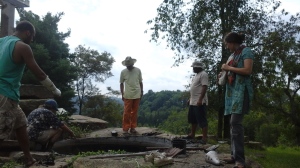
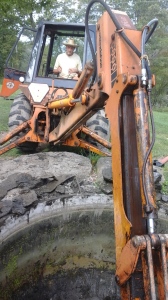





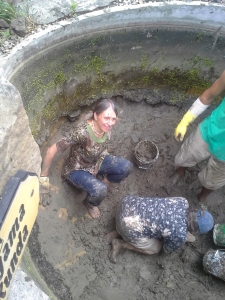







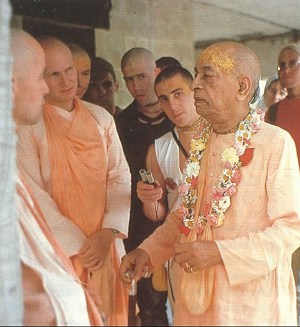



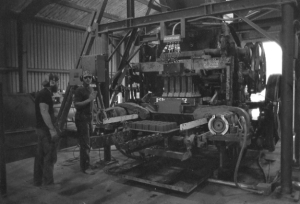

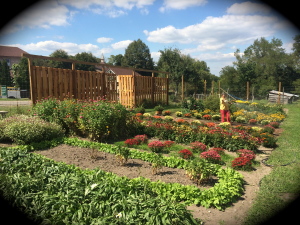
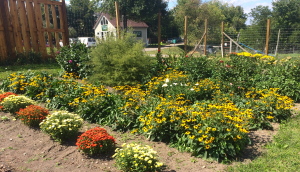
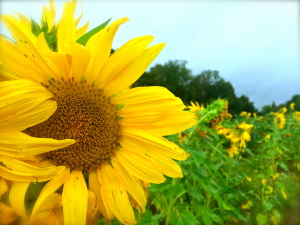
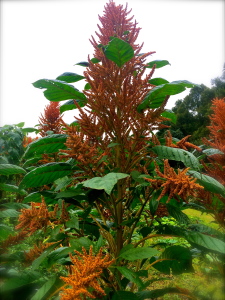
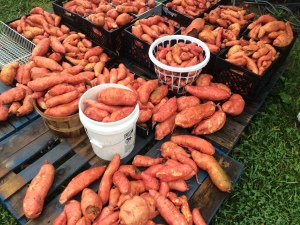
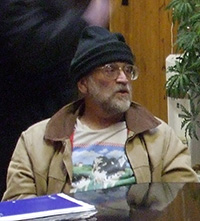

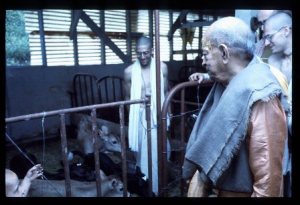
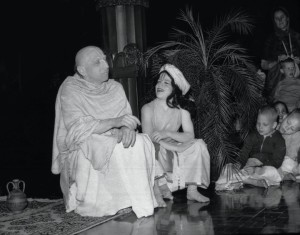





Recent Comments